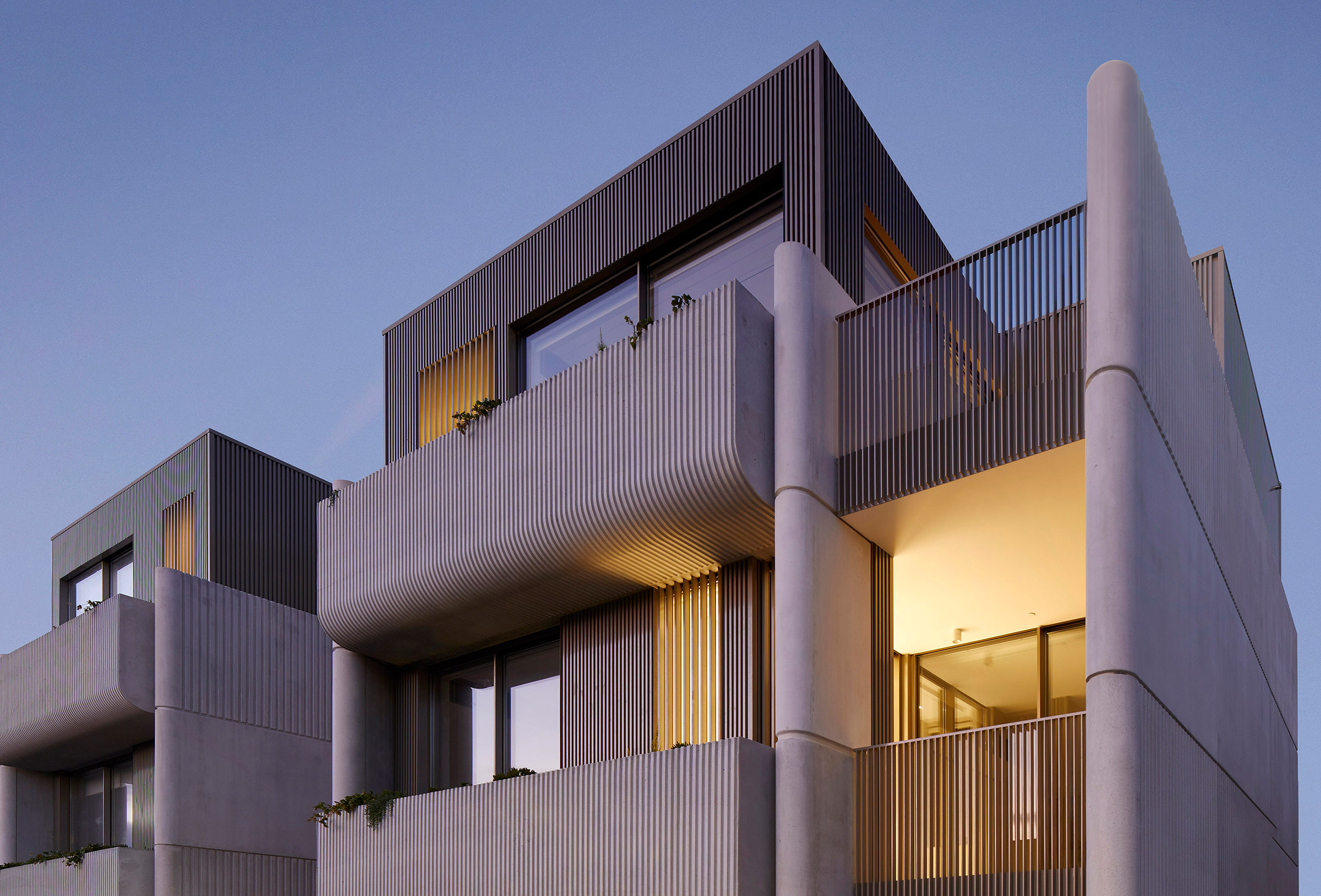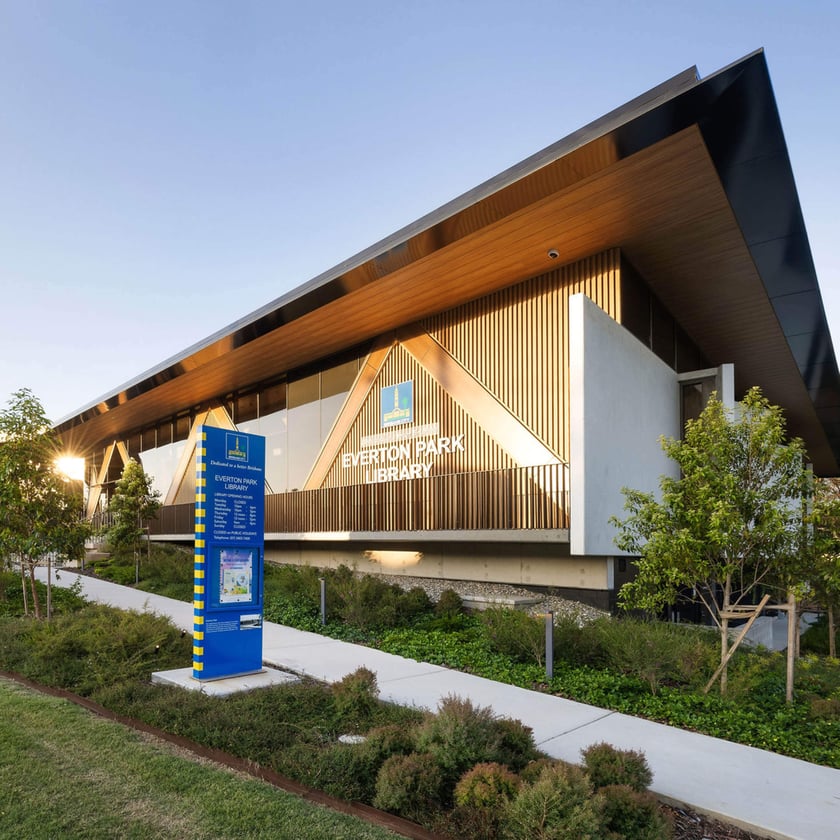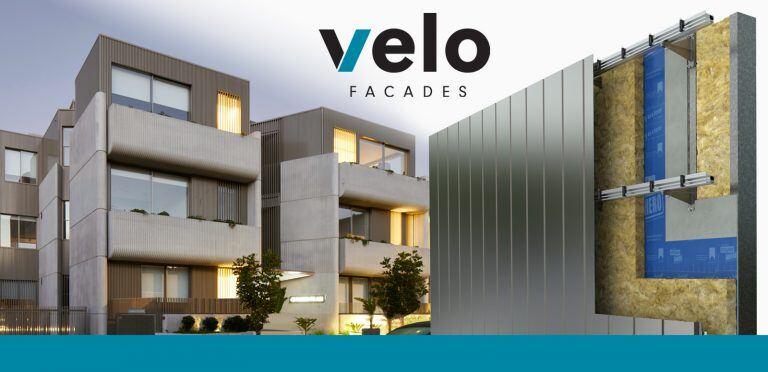4 February 2025

A rainscreen facade system is more than just an aesthetic feature; it is a crucial component of a building’s performance and durability. The system consists of an outer cladding layer designed to act as a shield against the elements, while allowing air to circulate behind it. This circulation helps moisture dry out, preventing damage to the building’s main structure and contributing to a high-performance building envelope.
A rainscreen facade is made up of four critical layers, each with its own unique role:

Together, these layers form a robust building envelope that enhances the building’s performance, aesthetics and sustainability. Each layer performs an essential function, and the system is designed so that no single layer carries too much responsibility on its own.

Traditional sealed-face facades expect the outer cladding to hold back all water and wind loads, creating a strong pressure differential in the cavity. This can result in water being sucked into the cavity if there are any openings or cracks in the facade.
Alternatively, rainscreen cladding, with its open joints, allows wind pressure to quickly equalise in the cavity. This means that most of the wind pressure is transferred back to the weather barrier, where there is little to no rainwater. Without water on the surface, it can’t be sucked through.
The cladding and facade industry has faced significant challenges over the past few decades, from combustible cladding crises to leaky-building syndromes, and more recently, increased thermal efficiency requirements and issues with condensation and mould growth.
When we overprioritise a single aspect, we risk overlooking others and creating more problems. For example, a non-combustible membrane may not be the best at keeping water out of a building, which is its primary purpose. Similarly, perforated membranes may offer great permeability but fall short in keeping water out.
An externally insulated rainscreen facade is the best way to overcome these industry issues.

Architects are using Sculptform rainscreen systems to bring their designs to life. These facades don’t just look good, they perform well too, balancing design intent, technical performance and ease of installation. Every project shows how our modular systems make creative ideas genuinely buildable.
Ramsgate Apartments are a perfect example of how simple design thinking can deliver something special. Using Sculptform’s Click-on Cladding system, the building gets a clean, modern finish that’s easy on the eye and even easier to install. Custom aluminium profiles add depth and rhythm, giving the facade a subtle texture that changes with the light.

Inspired by the geometry of a tree canopy, the Everton Park Library uses Sculptform’s rainscreen cladding to bring depth and movement to the exterior. Aluminium profiles and layered textures capture light and shadow, while the ventilated cavity enhances airflow and acoustic comfort. The result is a cost-effective, compliant and visually striking public building.

At Sculptform, Velo Facades bring together everything we value in facade design: performance, precision and visual impact. For this system, we use our trusted Click-on Cladding as the external layer, creating the architectural surface of the facade while connecting seamlessly with the structure behind.
Velo Facades come in two options to suit different project needs. The Thermal Cavity System includes an insulated layer and weather membrane that boosts energy efficiency and thermal comfort. The Ventilated Cavity System focuses on continuous airflow, helping manage moisture and improve natural ventilation.
Both systems are built for design freedom and practical performance, giving architects and builders a premium, sustainable and easy-to-install solution. With Click-on Cladding defining the outer finish, every project gains the flexibility and reliability that make Sculptform systems stand out.

A rainscreen is a ventilated system with an air cavity behind the outer cladding, allowing moisture to escape and air to circulate. Traditional cladding is a sealed, single-layer defence, which can trap moisture and lead to long-term issues.
At first glance, yes. The setup and materials usually cost a bit more, but it pays back. Rainscreen facades last longer, handle the weather better and cut down on maintenance costs. So, while the initial investment is higher, it’s very much a spend a little more now, save a lot later approach.
